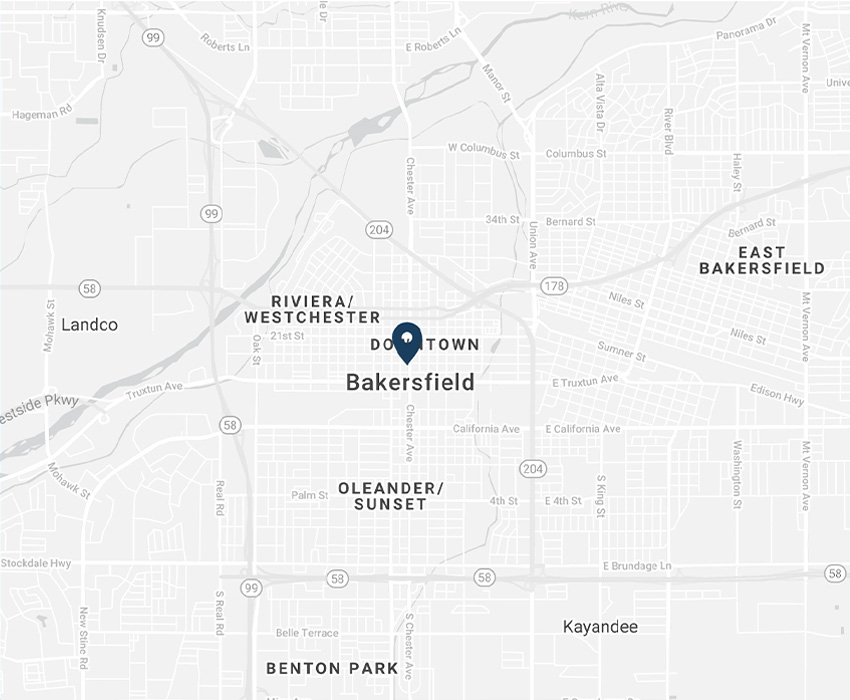Teen drivers, school buses the focus of safety awareness weeks
October 23, 2019 | Article by Chain | Cohn | Clark staff | Tips & Information Social Share

Our children’s safety can be one of the most important focuses in our lives, which makes two national observances this week especially vital. This week in the United States we are observing “School Bus Safety Week” and “Teen Driver Safety Week.”
Learn safety tips, statistics, and other important information about these observances below.
“Our children’s safety is a top concern always,” said David Cohn, managing partner at Chain | Cohn | Clark. “Let’s all remember this week, and moving forward, to be extra careful around school buses, talk to teens about safe driving habits, and follow our laws always.”
Teen Driver Safety Week
This week and beyond, parents should speak with their teen children about how to stay as safe as possible behind the wheel. In fact, motor vehicle crashes are the leading causes of death for teens (15 to 18 years old) in the United States, ahead of all other types of injuries, diseases, or violent acts. Teens are also 10 times more likely to be in a fatal car accident than adults.
In particular, there are six dangers that are especially important for teens to understand: alcohol, inconsistent or no seat belt use, distracted and drowsy driving, speeding, and number of passengers. Learn more about them below, courtesy of the National Highway Traffic Safety Administration.
- Alcohol and Drugs: All teens are too young to legally buy, possess, or consume alcohol. However, nationally in 2017, 15% of teen drivers involved in fatal crashes had alcohol in their system. But alcohol isn’t the only substance that can keep teens from driving safely. According to the 2017 National Survey on Drug Use and Health, 6.5% of adolescents 12 to 17 years old reported using marijuana. Like other drugs, marijuana affects a driver’s ability to react to their surroundings. Remind teens that driving under the influence of any impairing substance could have deadly consequences.
- Seat Belts: Wearing a seat belt is one of the simplest ways for teens to stay safe in a vehicle. A total of 539 passengers died in passenger vehicles driven by teen drivers and more than half (60%) of those passengers who died were NOT buckled up at the time of the fatal crash. Even more troubling, in 87% of cases when the teen driver was unbuckled, the passengers were also unbuckled. The chances of surviving a traffic crash are 45% higher when properly restrained in a seat belt.
- Distracted Driving: Distractions while driving are more than just risky—they can be deadly. In 2017, among teen drivers involved in fatal crashes, 9 percent were reported as distracted at the time of the crash. The use of mobile devices while driving is a big problem, but there are other causes of teen distracted driving which pose dangers as well. They include adjusting the radio, applying makeup, eating or drinking, or distractions from other passengers in the vehicle.
- Speeding: In 2017, almost one-quarter (27%) of all teen passenger vehicle drivers involved in fatal crashes were speeding at the time of the crash, and males were more likely to be involved in fatal crashes than females.
- Passengers: Teen drivers transporting passengers can lead to disastrous results. Research shows the risk of a fatal crash goes up in direct relation to the number of passengers in a car. The likelihood of teen drivers engaging in risky behavior triples when traveling with multiple passengers.
- Drowsy Driving: Teens are busier than ever: studying, extracurricular activities, part-time jobs, and spending time with friends are among the long list of things they do to fill their time. However, with all of these activities, teens tend to compromise something very important—sleep. This is a dangerous habit that can lead to drowsy driving or falling asleep at the wheel.
School Bus Safety Week
Every school day in this country, 25 million children ride in a bus. The good news: School buses are among the safest modes of transportation. In fact, students are 70 times more likely to get to school safely when taking a bus instead of traveling by car, according to NHTSA. Why? They’re designed to be safer than passenger vehicles in preventing crashes and injuries.
But it’s not inside of the bus we should be most concerned about in terms of safety, but what happens outside. The real risks is in walking to the bus stop, and getting on and off the bus.
Here are some tips to keep students safe, as well as those walking and driving around school buses.
Tips for Drivers
- Watch out for children walking or bicycling to school when backing out of a driveway or leaving a garage.
- Be on the lookout when driving through neighborhoods. Drive slowly and watch for children walking in the street.
- Learn the school bus laws in California.
- Yellow flashing lights indicate that a bus is preparing to stop to pick up or drop off children. Drivers should slow down and prepare to stop.
- Red flashing lights and an extended stop-arm signal indicate that the bus has stopped and that children are getting on or off. Cars must stop a safe distance away and not start again until the red lights stop flashing, the stop sign has been folded back, and the bus begins to continue on its way.
Tips for Students
- Be at the bus stop at least 5 minutes before the bus is scheduled to arrive.
- Stand at least 6 feet away from the curb when the bus approaches, and keep the line away from the street.
- Wait until the bus stops, the door opens, and the driver says it’s okay to step onto the bus.
- Remain visible to the bus driver at all times.
- Never walk behind the bus. You should always make sure that you’re in the driver’s line of sight.
- Use the handrails to avoid falling.
- If seat belts are available on the bus, buckle up.
- Don’t speak loudly or make loud noises that could distract the driver.
- Stay in your seat.
- Don’t put your head, arms, or hands out the window.
- Keep the aisle clear of books, bags, and other objects.
- Wait for the bus to stop completely before getting up from your seat.
- If you have to cross in front of the bus after you get off, first walk at least 10 feet ahead until you can see the driver.
- When the driver signals, look left, right, then left again. Walk across the road and keep an eye out for sudden traffic changes.
———
If you or someone you know is injured in an accident, please call the attorneys at Chain | Cohn | Clark at (661) 323-4000, or chat with us online at chainlaw.com.

